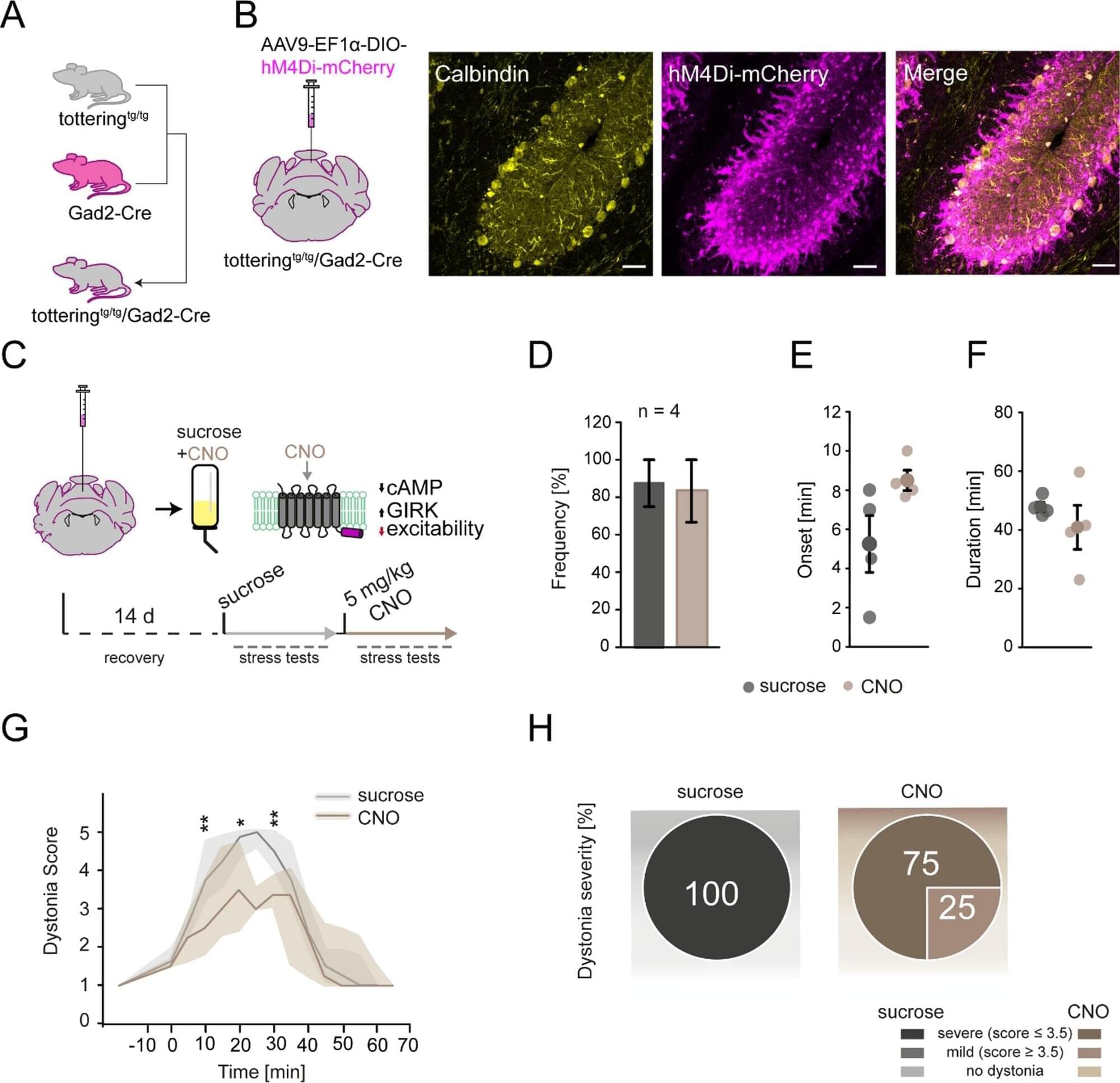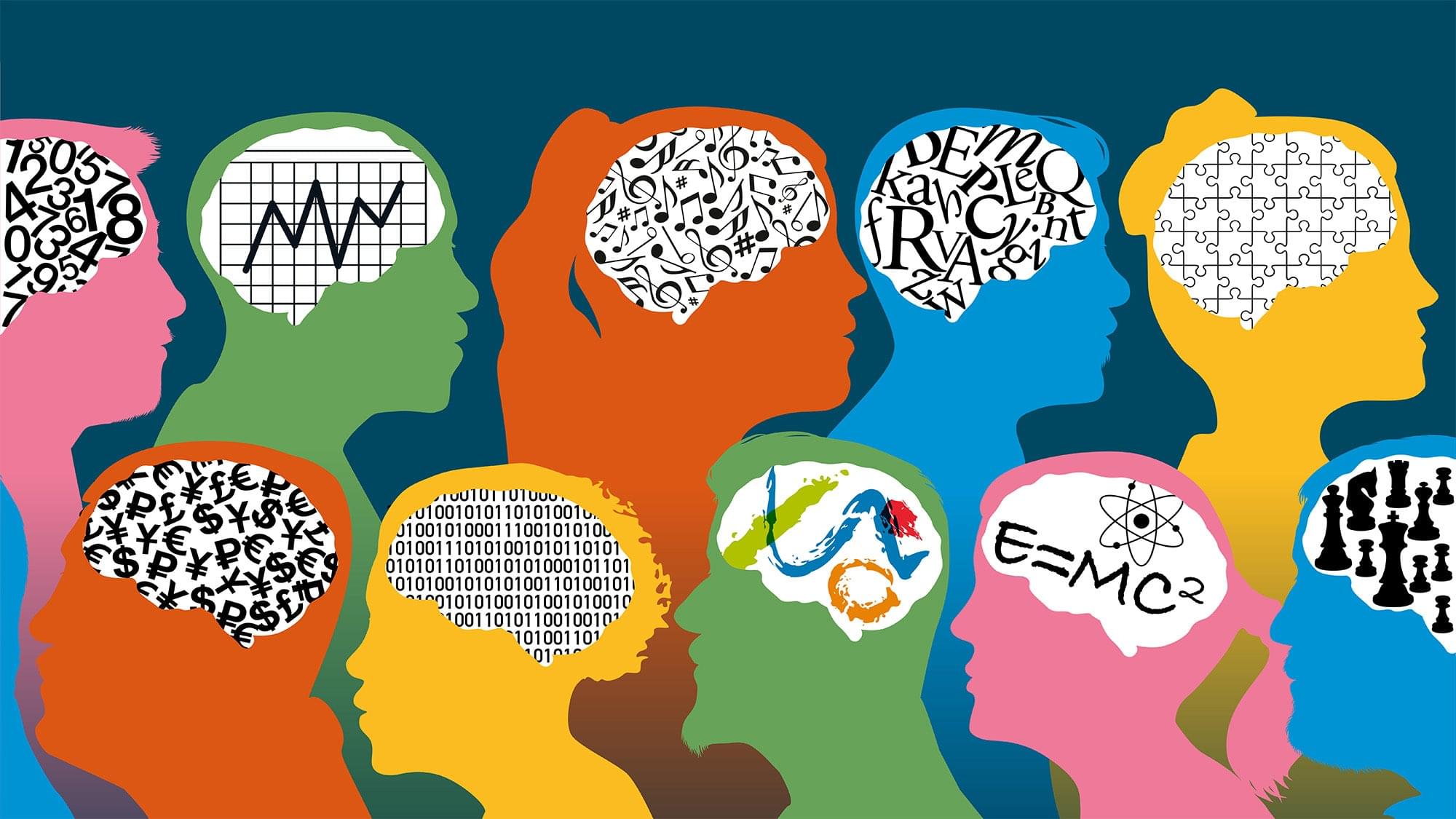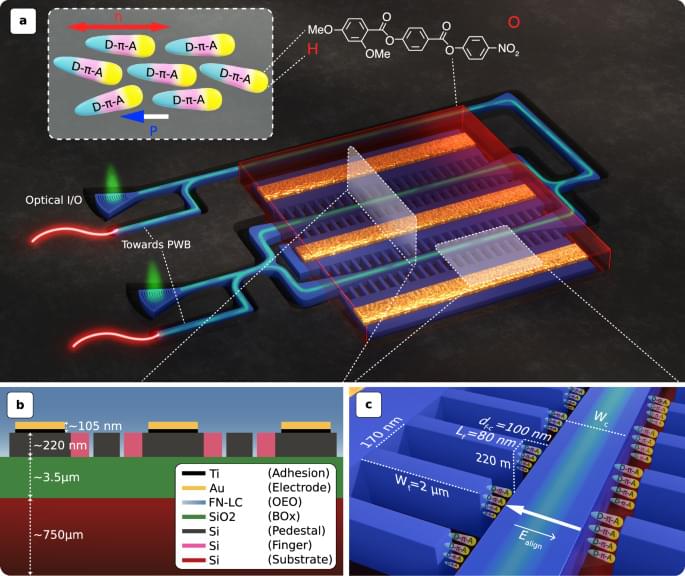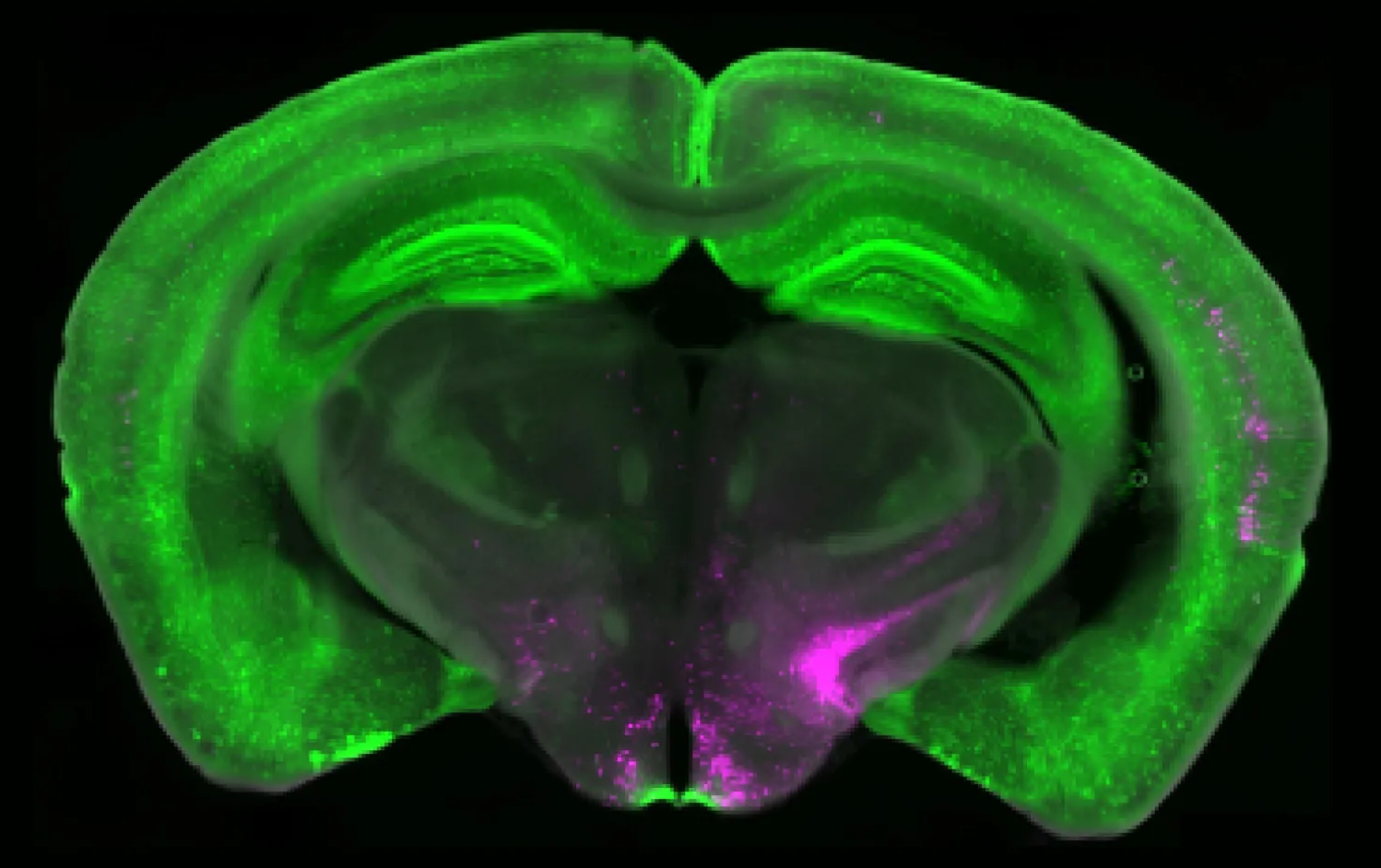So many men in Chichigalpa, Nicaragua, have died from kidney failure, the town is known as the Island of the Widows. The condition that afflicts them — called chronic kidney disease of unknown origin, or CKDu — is, as its name implies, a mystery. It is a tubulointerstitial kidney disease that affects people everywhere. But researchers don’t know why rates are much higher in low-lying, hot agricultural areas like Chichigalpa, which is surrounded by sugarcane fields.
Shuchi Anand, MD, a Stanford Medicine associate professor of nephrology, has been interested in the disease since it was first described in the 1990s.
“Two-thirds of the people with this disease are men, many in their 30s and 40s,” said Anand, who is the director of the Center for Tubulointerstitial Kidney Disease. “This is the prime age of work and income generation. They are the breadwinners. This disease can devastate families.”






